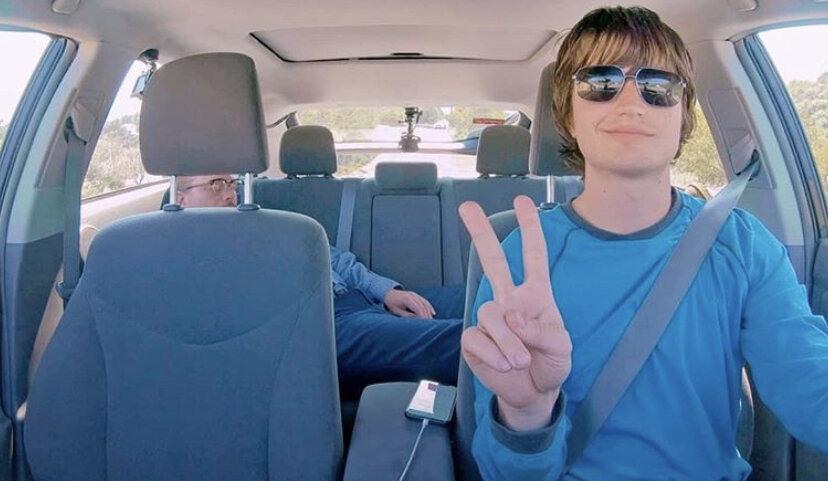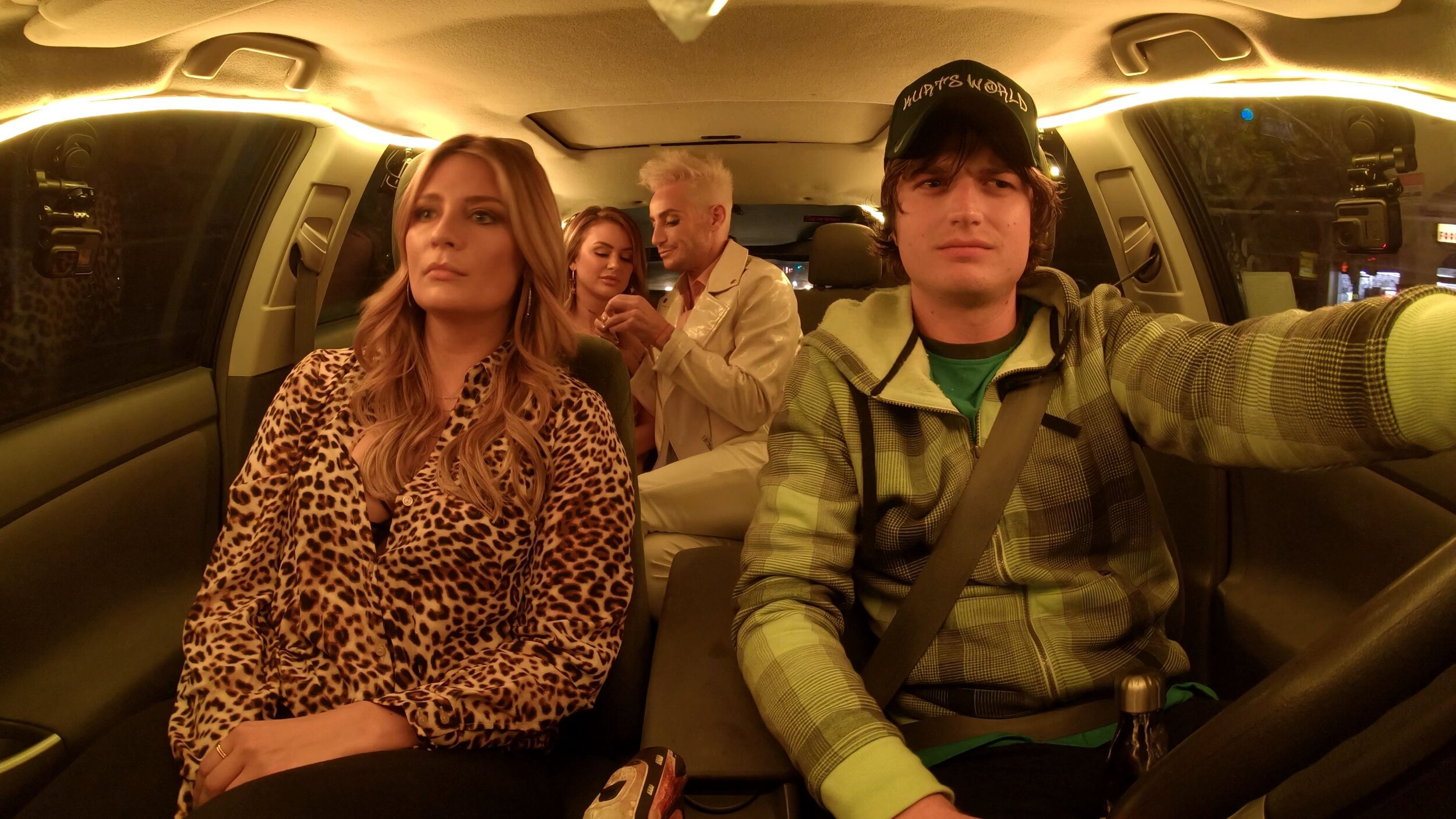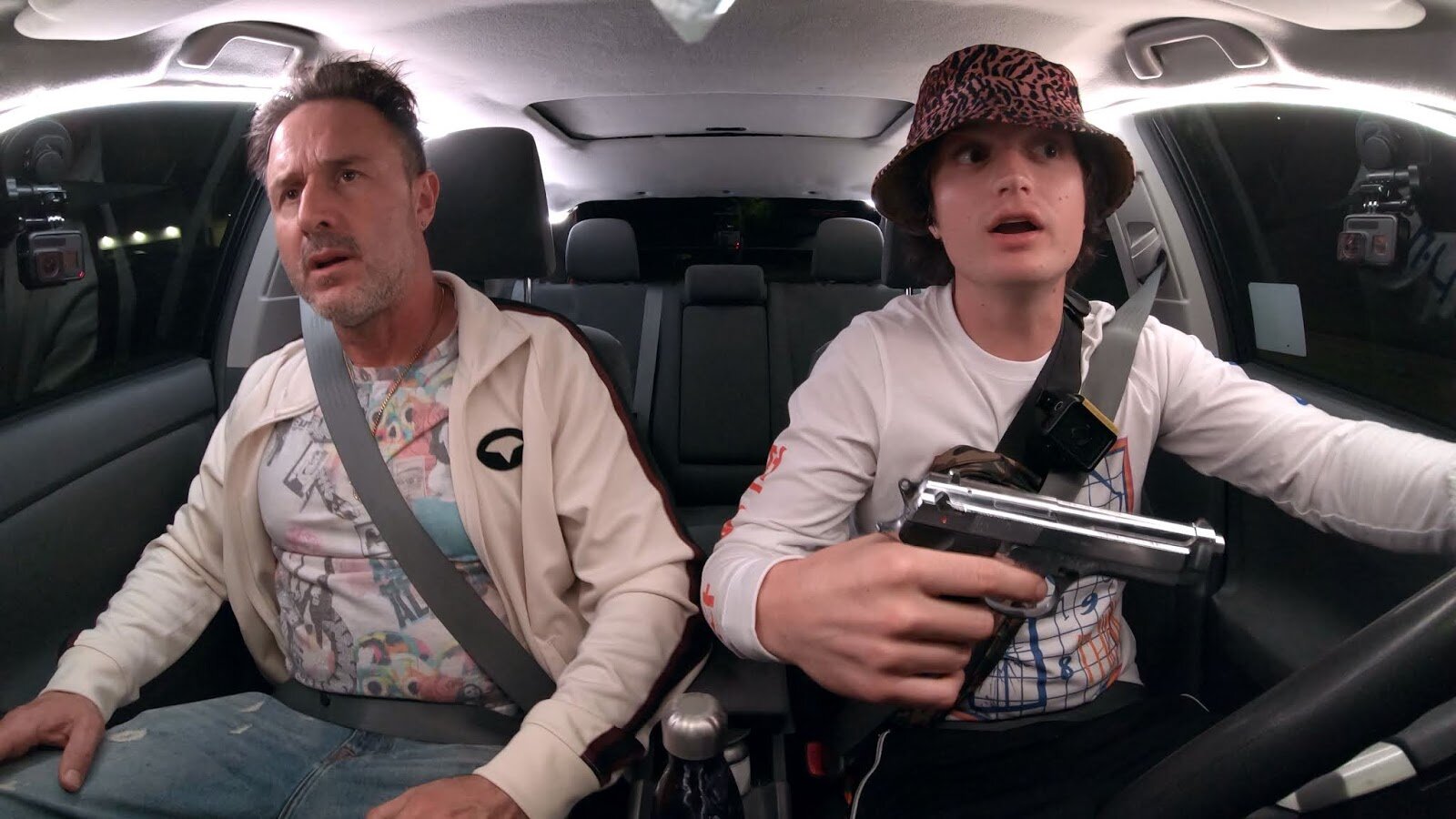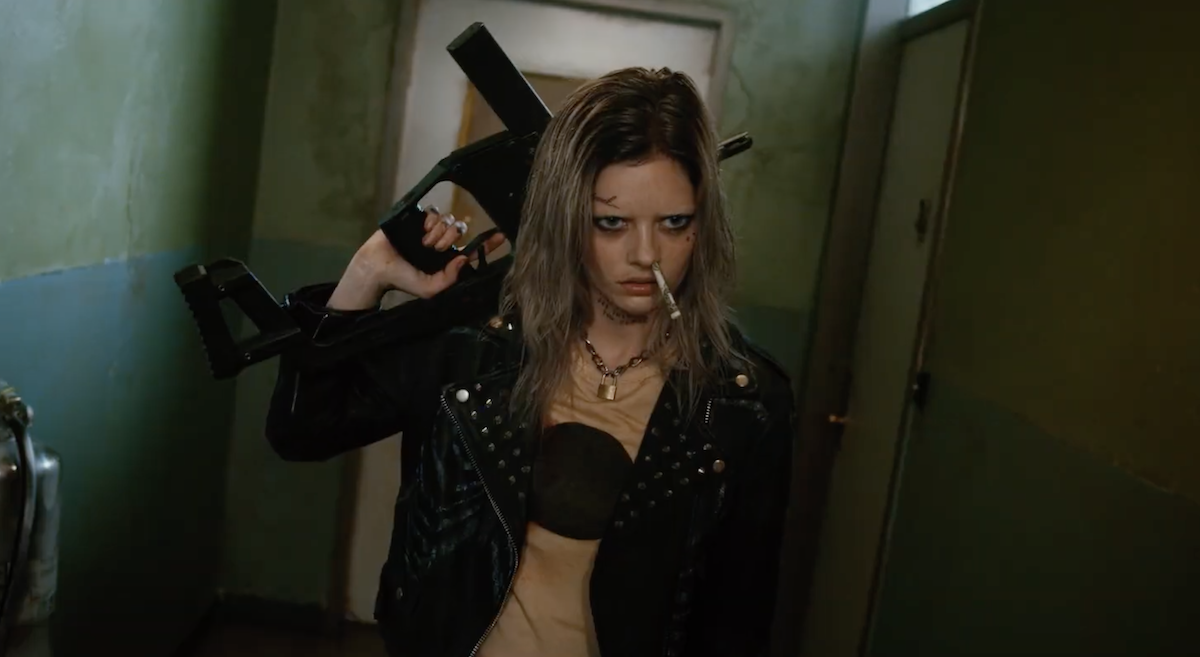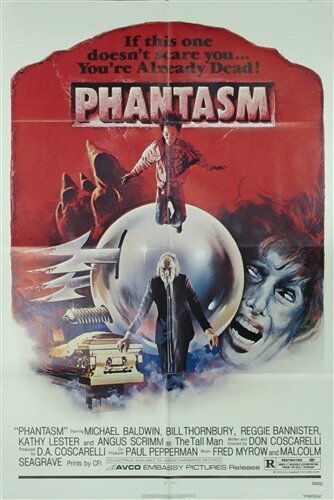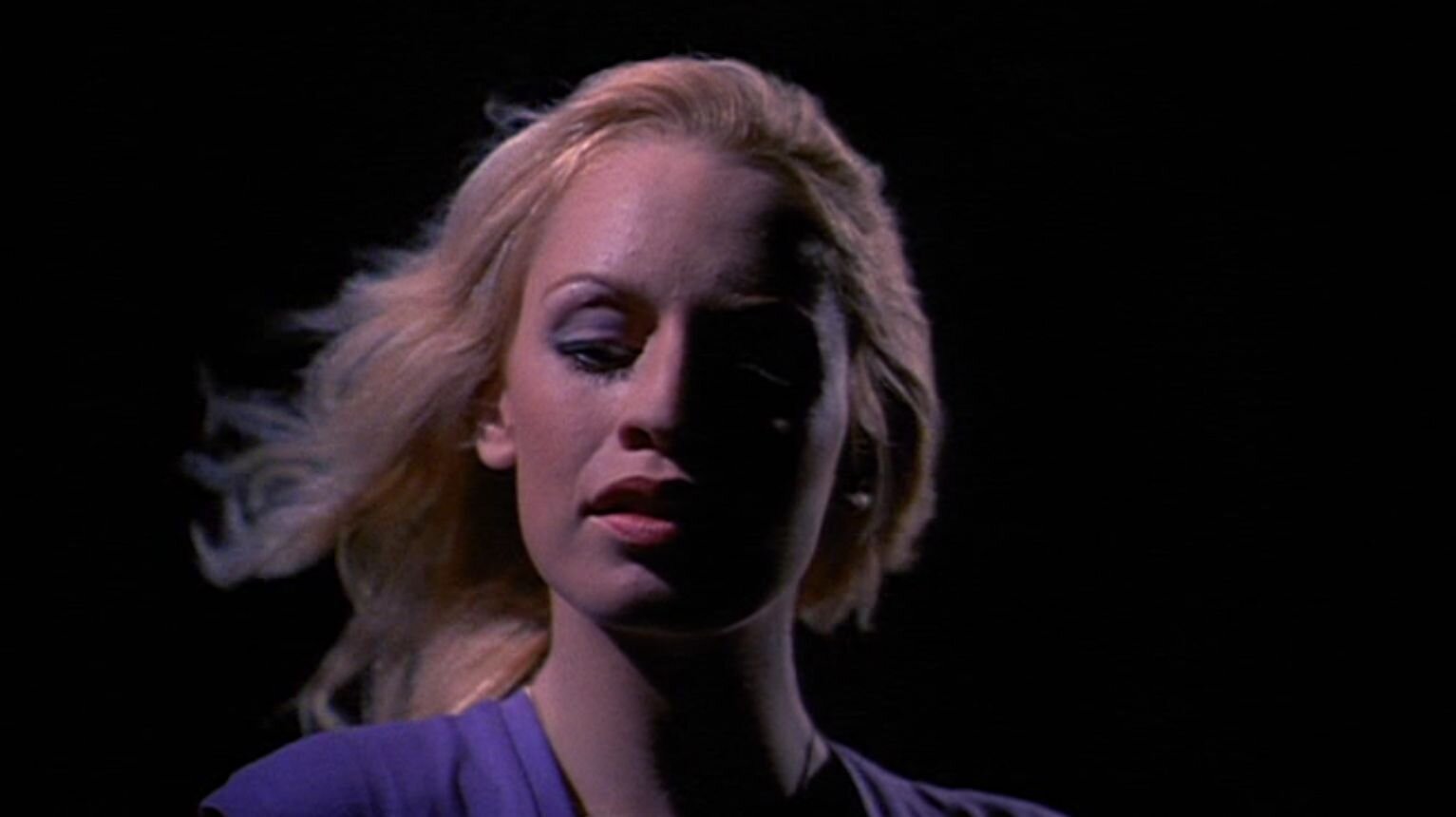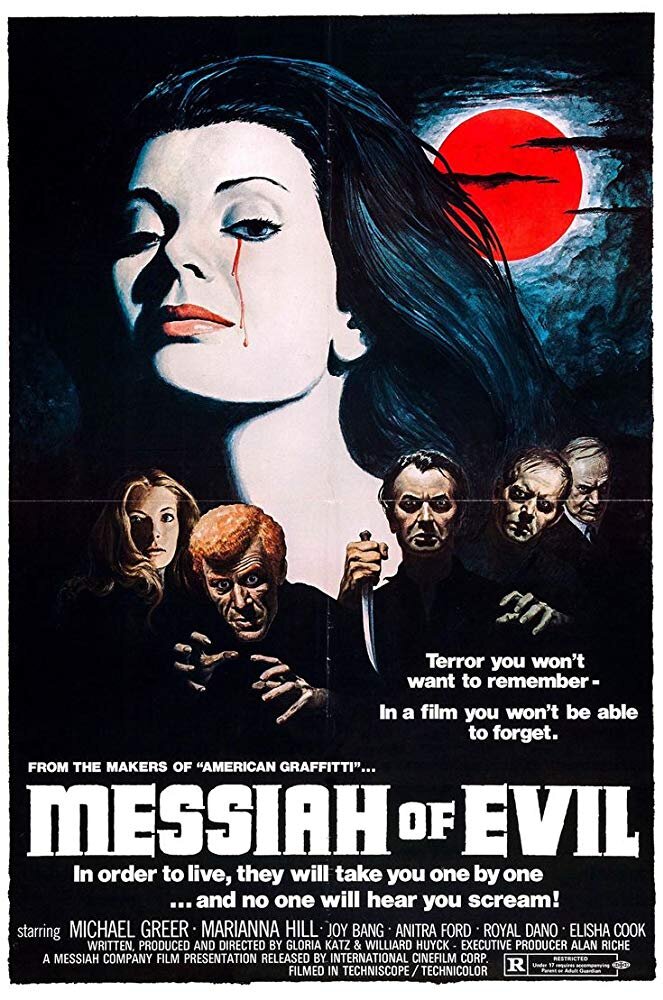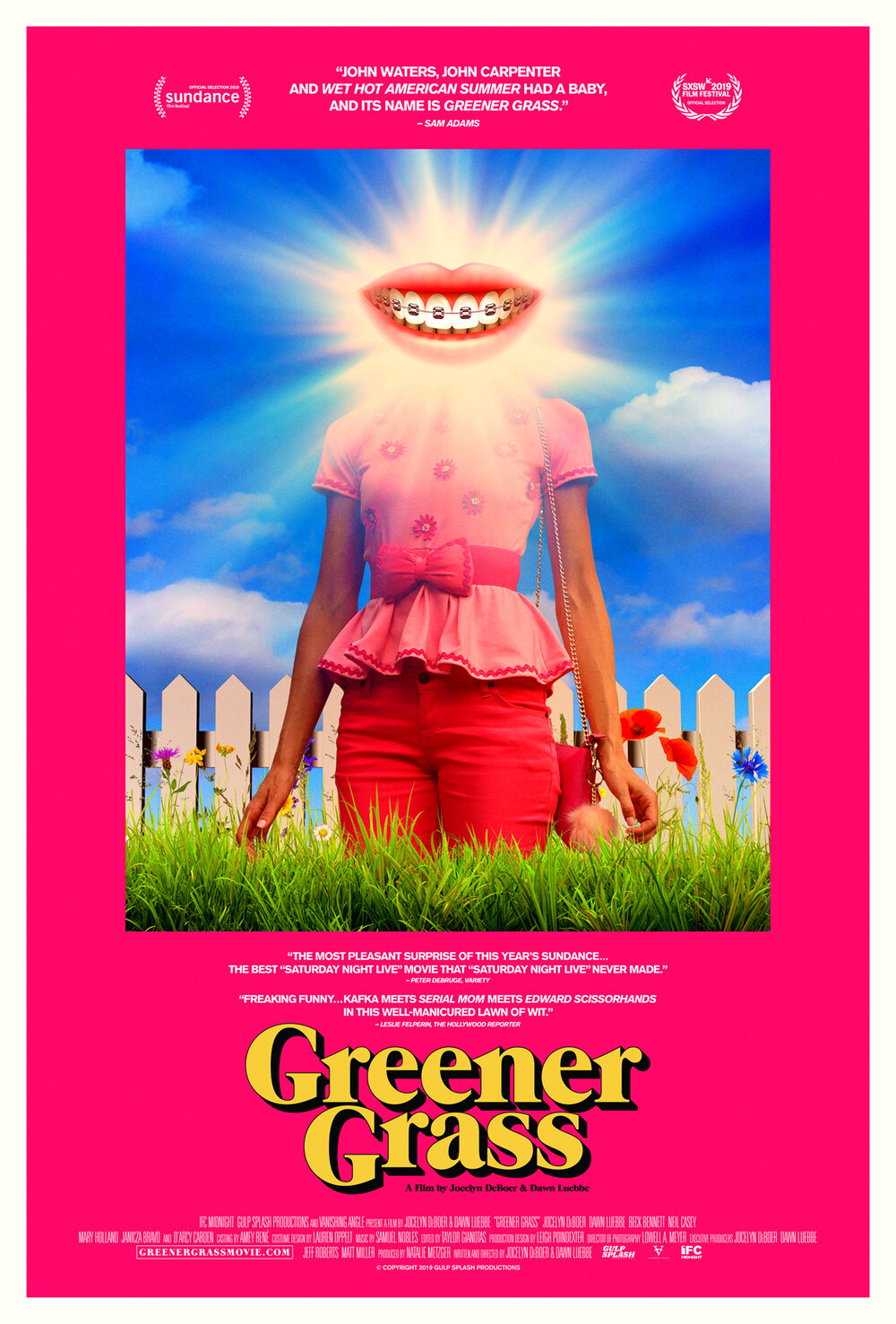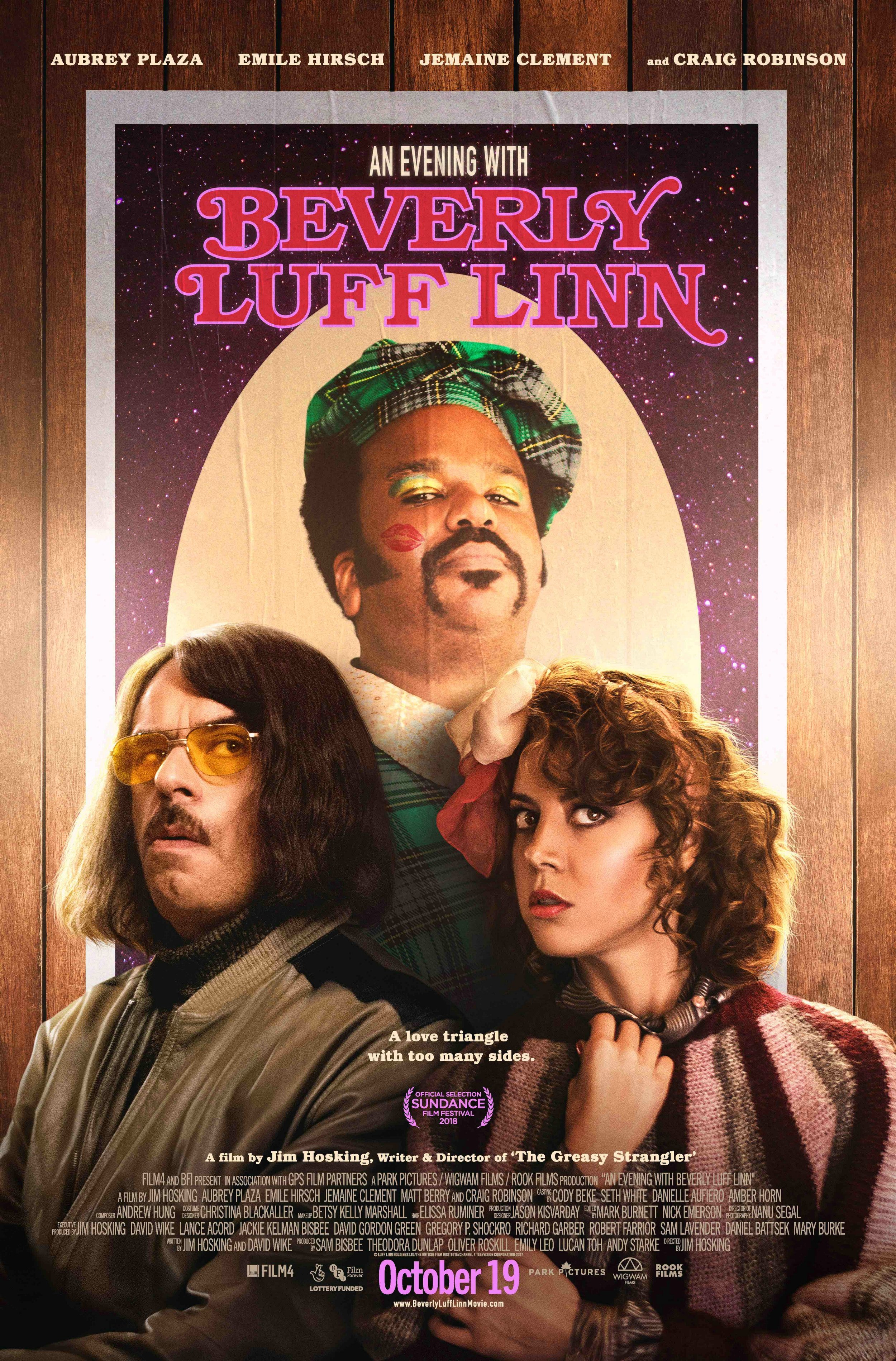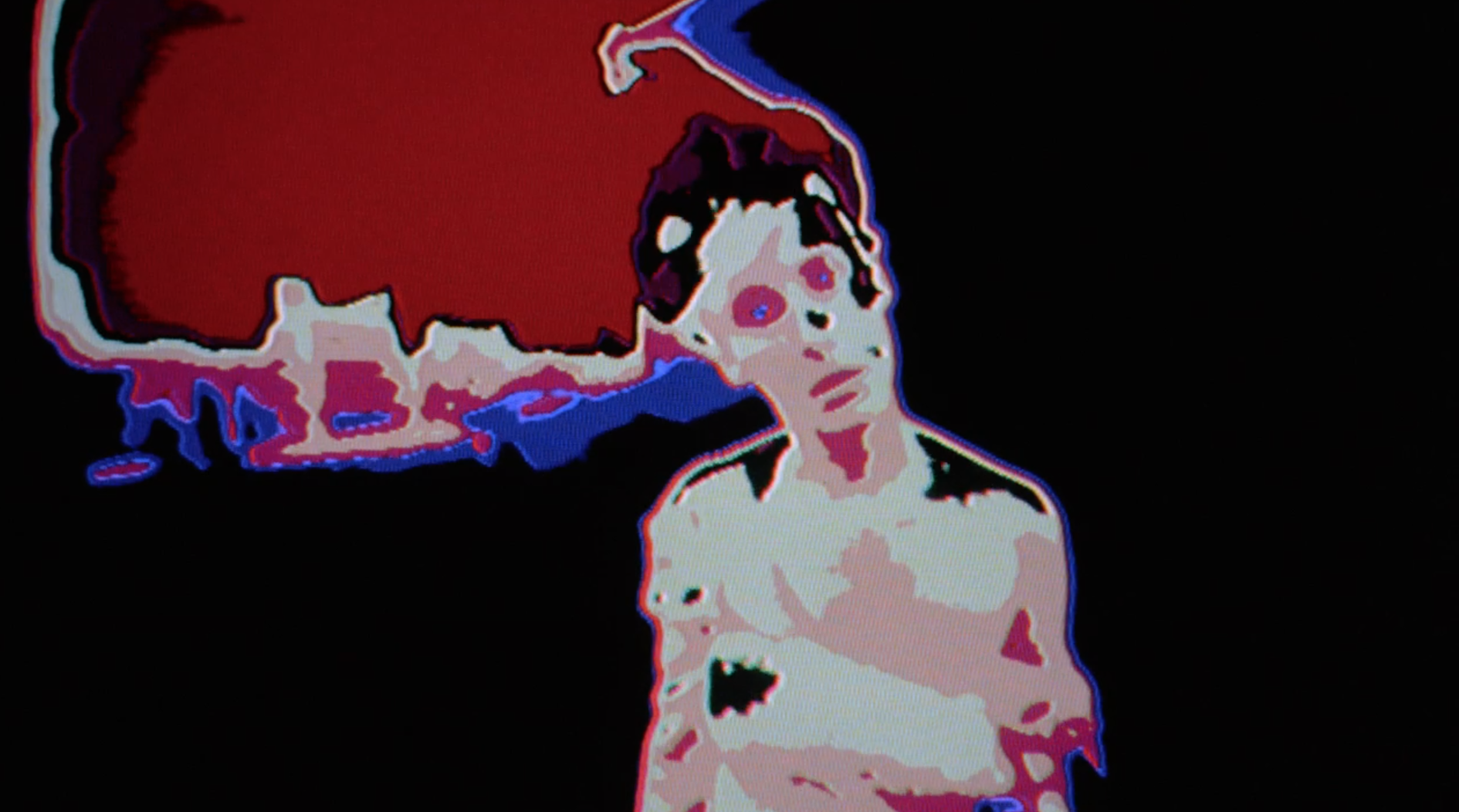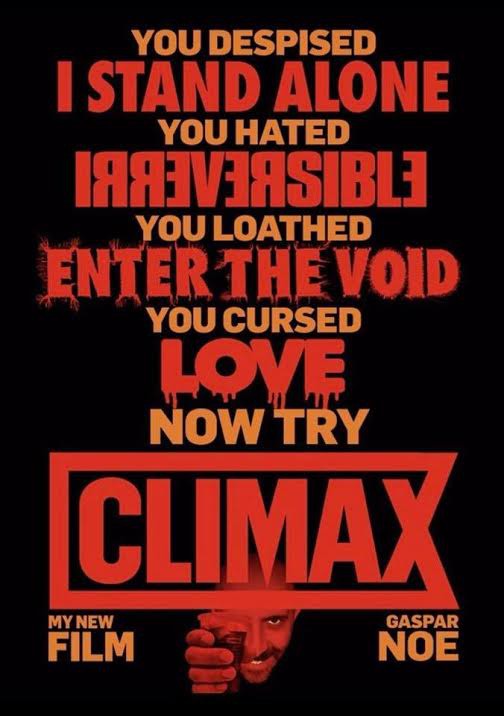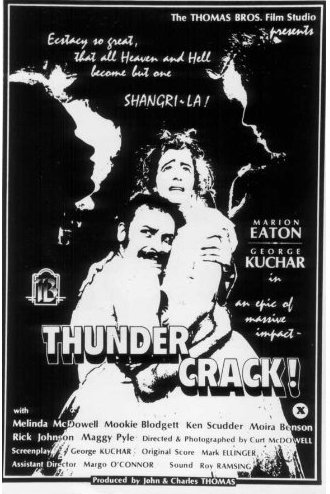US | 2020 | Directed by Eugene Kotlyarenko
Logline: A lonely young man, working as a rideshare driver, and desperate for social media attention, puts a murderous live stream plan into action.
Wobble Palace was one of my favourite movies from 2018. The director has turned his attention to the minefield of social media and the unfathomable thirst for attention it has spawned. This is a monster movie of a very different kind, and as far as crash-boom-bam cinema rides go, it’s a very spirited affair, but much of its intended satire is lost amidst the woke confusion and FOMO mayhem.
Kurt Kunkle (Jo Keery) - “Hey, guys. What's up? It's Kurt here from Kurt's World” - is obsessed with the fame (and potential notoriety) that can be generated through social media. He wants so much to be a star, to go viral, the way Bobby Basecamp (Josh Ovalle) has done so effortlessly. Kurt used to babysit Bobby, but now Bobby considers Kurt a wannabe, a try-hard, and Kurt is determined to prove the arrogant influencer wrong. If only he can figure a way to get more social media followers, more viewers even.
Kurt works as a driver for a rideshare app company called Spree. He fits out the interior with numerous mini-cams, has them linked to his social media profile, preps a whole bunch of water bottles (skilfully injecting them with a deadly poison), signs off with his mum, and heads out into the bright clear Californian day to begin picking up/off passengers for #TheLesson.
What unfolds over the next 24 hours is a viral explosion that will shoot Kurt Kunkle into the social stratosphere and a psychological implosion that will result in carnage and Reddit chat fodder for many years to come.
Spree works best on sheer live-wire momentum. Shot in found footage format, much of it via social media apps, but mostly the mini-cams in Kurt’s car, the smart phones carried by passengers and by Kurt and his associates, or surveillance cameras. The editing is furious, the information that scrolls and pours across the screen is overload, but that’s part of the point. We live in an age of too much information, little time to process, and much of it is misleading or disingenuous. Kurt is essentially a victim of modern society.
Spree’s tries to be oh-so-clever with its satirical edge - especially in dealing with contemporary racial and #metoo themes, and it kickstarts with a genuine feeling of authenticity, but the edge becomes more and more blunt as the movie progresses. The terrific performance from Keery (whom many will recognise from Stranger Things) slides between geeky awkwardness and wry cynicism, and as the movie rests on his performance, as he’s in almost every scene, Keery brings a fresh, skilfully nuanced energy.
Props also to the performances of David Arquette as Kurt’s junkie DJ dad, and Sasheer Zamata as the black comedienne who inadvertently becomes the centrepiece in Kurt’s grand scheme. But the rest of the mostly unknown support cast all deliver, including a surprise appearance from Mischa Barton (where has she been hiding?!)
Very much a black comedy (pun unintended), though not as pitch dark as it could have been. It doesn’t possess the cringe-inducing sadness of Black Mirror’s brilliant “Nosedive” episode, or the minimalist, surrealist grimace of American Psycho. It’s more like the contemporary bastard child of Natural Born Killers, all garish, bloody extremes and over-the-top violent absurdity. Elements which the other movies have, but are more successful as satires because they are actually more believable, as crazy as that sounds! Spree just gets too silly for its own good (bad?)
My biggest issue with this kind of found footage scenario is that the plausibility is irreparably damaged when you realise that someone has to have edited all of this together. The phantom storyteller. It doesn’t ruin the movie, but it’s a bugbear of mine. But as I said earlier, Spree works brilliantly as a “ride”, including the sly play on the title, and hell, it’s an instant cult YOLO flick, no matter what.

